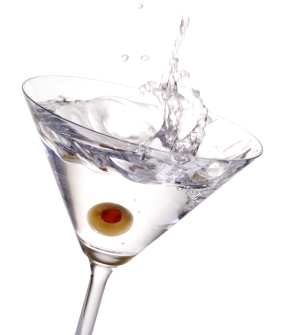
|
||||
|
||||

In reality, liquor pour cost is simply the bar cost of goods sold, in percentage of sales. For example, if the restaurant has a product that cost $2, but sells it for $10, then his pour cost will be 20% ($2 divided by $10). Similarly, a product that costs $3 but sells for $9 will have a pour cost of 33.3%.
Liquor pour costs do show the bars profitability. The difficulty however, not all drinks have the same cost structure. Just about every drink sold in a bar has a different pour cost and these costs can vary dramatically. With this variation in cost, how does a bar pick the right target?
Comparing units used and sold is the only correct way to evaluate your bars efficiency and profitability. Every owner should be doing this already with beer bottles. It is a relatively simple matter for the bar to count the beer bottles every week or day and simply match up the number of bottles used to number sold. This should be a part of every bars inventory. Yet hardly anyone uses this method. Just counting beer bottles leaves the rest of the alcohol completely unaccounted for. Even an honest bartender will slide his friend a complimentary cocktail on the house. Not on his dime.
How to ensure to make the right steps towards a profitable bar:
- Dont let bar staff perform inventory. Either the owner, or an independent party must take the count. It is to easy to abuse
- Ensure all drinks are rung in before they are made. This policy will ensure waiters and the bartenders are keep in strict terms. Then you will take out the excuse of I was going to do it.
- Randomly run detailed transaction reports and X readings. Let the staff know that you do this, but by all means, change the times you do this daily. Change the drawer out with a new drawer to reconcile.
- Take action as soon as you think there is a problem. Take notes and keep thorough records and keep tracking so you can pinpoint trends.
| In the Kitchen | At the Bar | Waiter's World | Owner's Issues | Manger's Office | Wine Cellar | Cigars | Coffee/Tea |